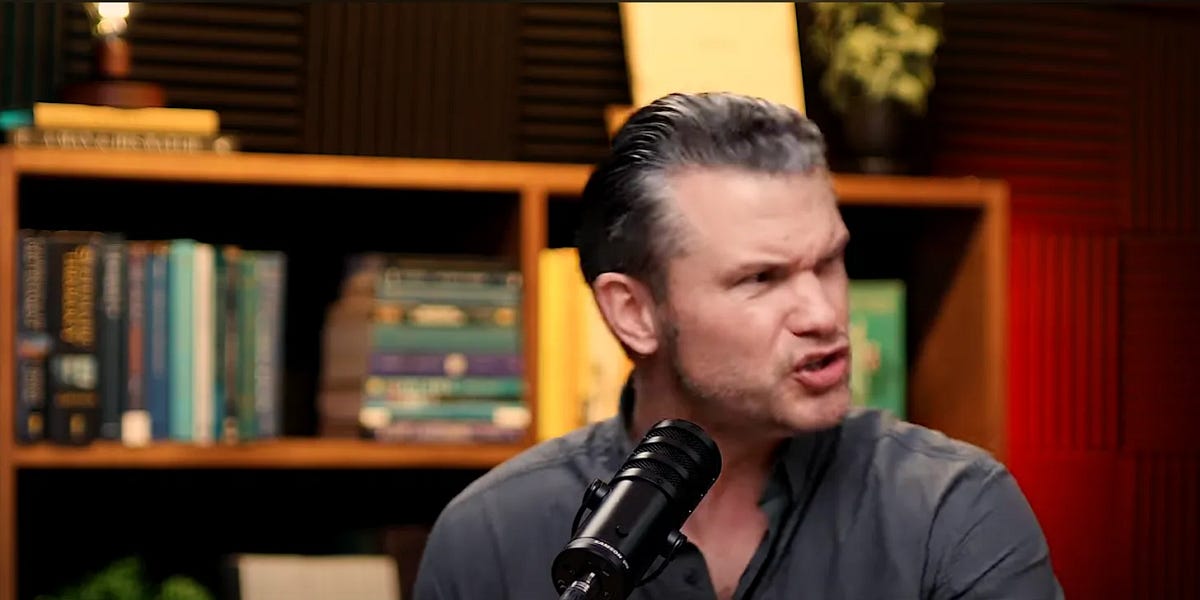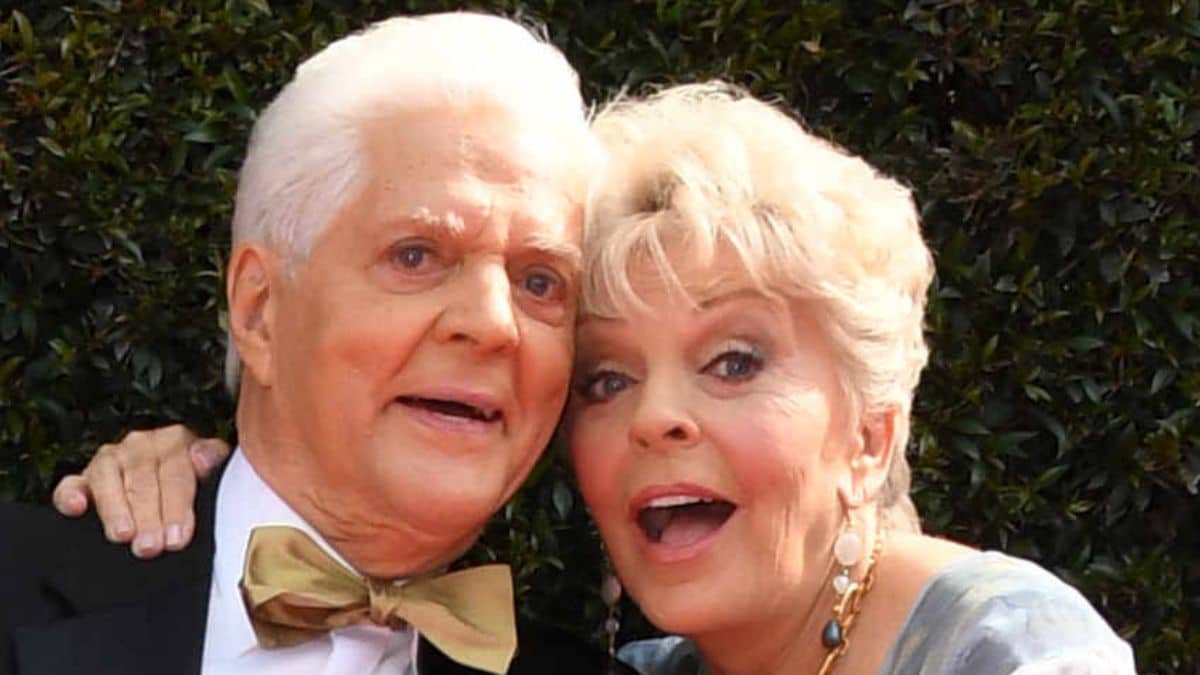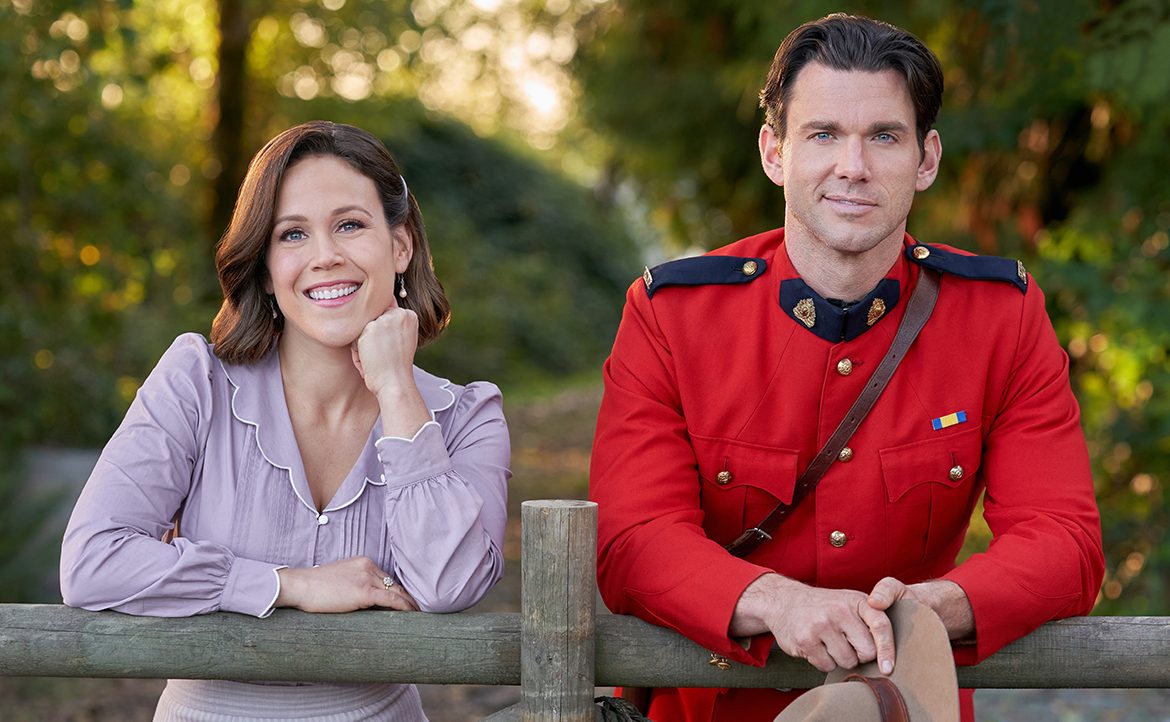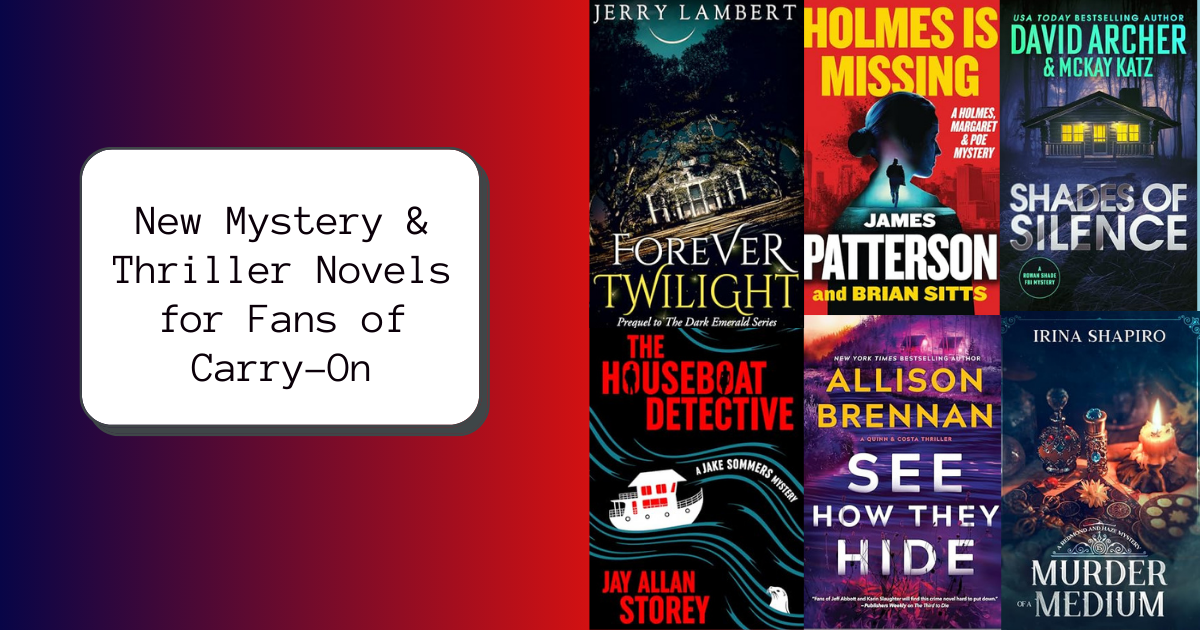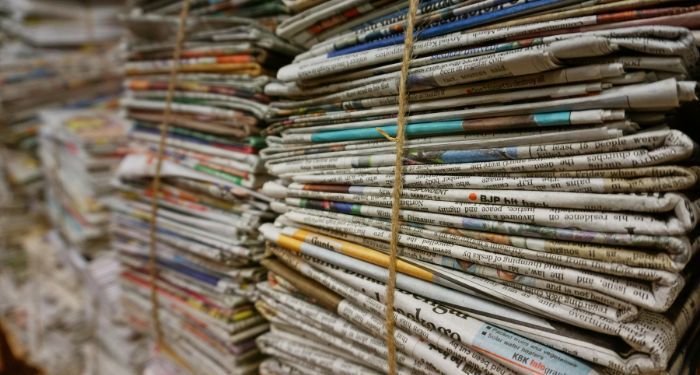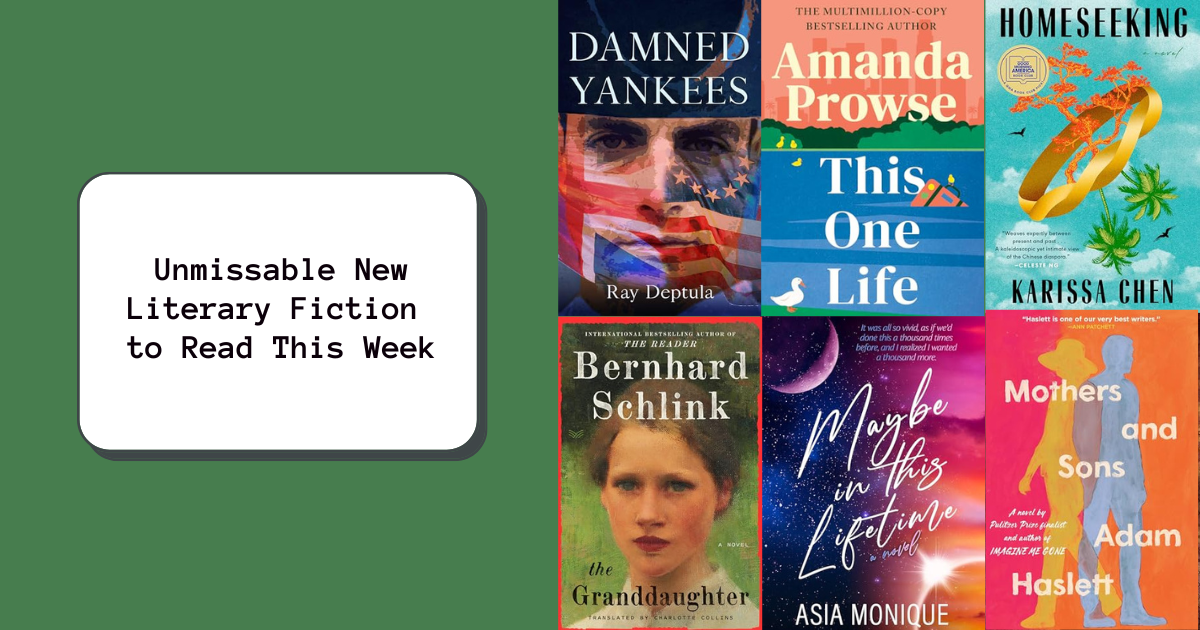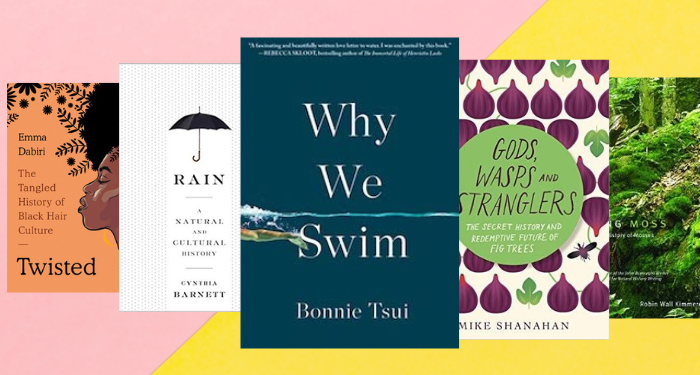This content contains affiliate links. When you buy through these links, we may earn an affiliate commission.
One of the best things about reading nonfiction is that it reminds me just how big and weird this world we live in is. I read a lot of nonfiction that tackles big ideas about language, history, current affairs, and identity. But I’ve recently come to love another kind of nonfiction — books that explore the ordinary. I love nonfiction that takes something I know nothing about, and, in many cases, something I’ve never even considered, and makes me care about it. How often do you think about how clocks work? Have you ever pondered the important role rain has played in human history? How much do you know about salt, iron, fig trees, stone walls, cameras?
I will never be an expert in any of the subjects these books explore. That’s part of what makes these books so interesting — they let me into their secret worlds and change the way I think about things I encounter every day. They remind me of what’s so wonderful about being a human: that we share the world with so many incredible creatures, places, and materials, and that sometimes, we make pretty cool things, too.
Many of the books on this list are pure fun. Some of them tackle big themes — race, culture, colonization, environmental destruction, the history of science. But all of them hone in on the specific. I guarantee that every one of them will teach you something new that will totally blow your mind.
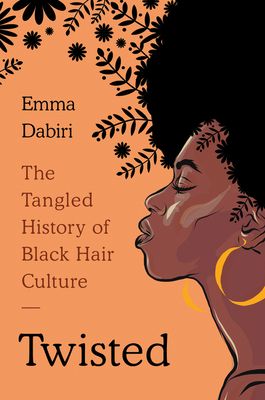
Twisted by Emma Dabiri
This brilliant book is all about Black hair and Black hair culture — and so much more than that! Dabiri writes about the history of Black hair products, the natural hair movement, Black hair as it’s portrayed in pop culture, hair practices in several ancient African cultures, and more. Through it all, she uses Black hair as a lens to explore bodily autonomy, how we talk about race, the history of racism, and cultural appropriation. It’s a richly researched and deeply personal book that’s equally parts celebration and critique.
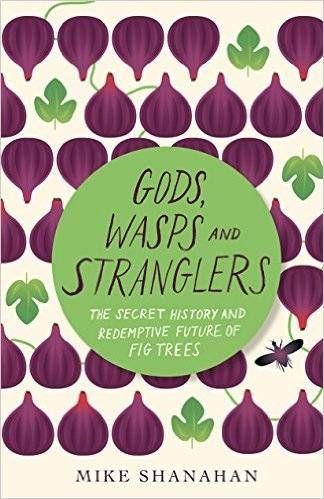
Gods, Wasps and Stranglers by Mike Shanahan
If you’re looking for a dose of wonder in your reading life, may I recommend this beautiful book about the magic of fig trees? Shanahan delves into the biology and history of fig trees, as well as their cultural, religious, and mythological importance all over the world. You’ll learn about fig wasps and fig flowers, the role figs play in tropical forest ecosystems, the many parts of fig trees that humans use for food, shelter, and ceremony, and a whole lot more besides.
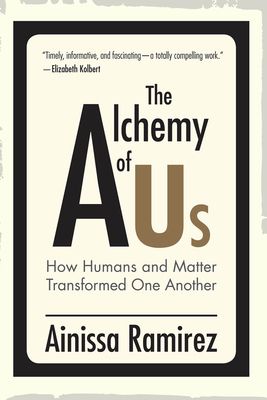
The Alchemy of Us by Ainissa Ramirez
This is a fascinating book about material science — i.e. how humans have invented various materials, and how those materials/inventions have in turn shaped human culture. She examines eight ordinary inventions in detail, from clocks and light bulbs to silicon chips and hard disks, and explains just how deeply these objects have shaped the world we live in. She also speaks to the white-centric history of this kind of science and science writing, highlighting her own experiences as a Black woman in science, as well as the stories and inventions of other women and people of color whose work hasn’t gotten the recognition it deserves.
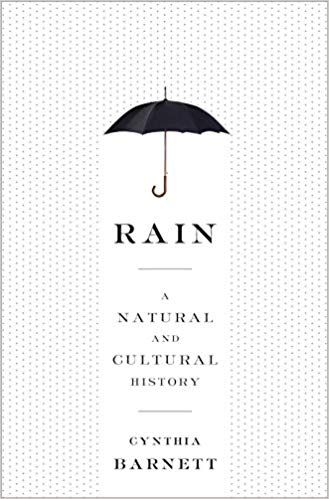
A Natural History of Rain by Cynthia Barnett
Rain: we’ve all felt it, rejoiced in it, grumbled about it. But have you ever contemplated just how important rain is, and how deeply it affects human lives? Did you know there is a correlation between some of the stormiest and worst years of weather and the widespread burning of witches in Europe? Or who invented the raincoat? Have you heard of a tiny town in India famous for the rain-scented perfume it makes? In this weird and wonderful billion-year history of rain, Cynthia Barnett shares these and many other stories. It’s a blend of cultural and environmental history, full of complicated insights into weather, beauty, art, agriculture, geography, and more.
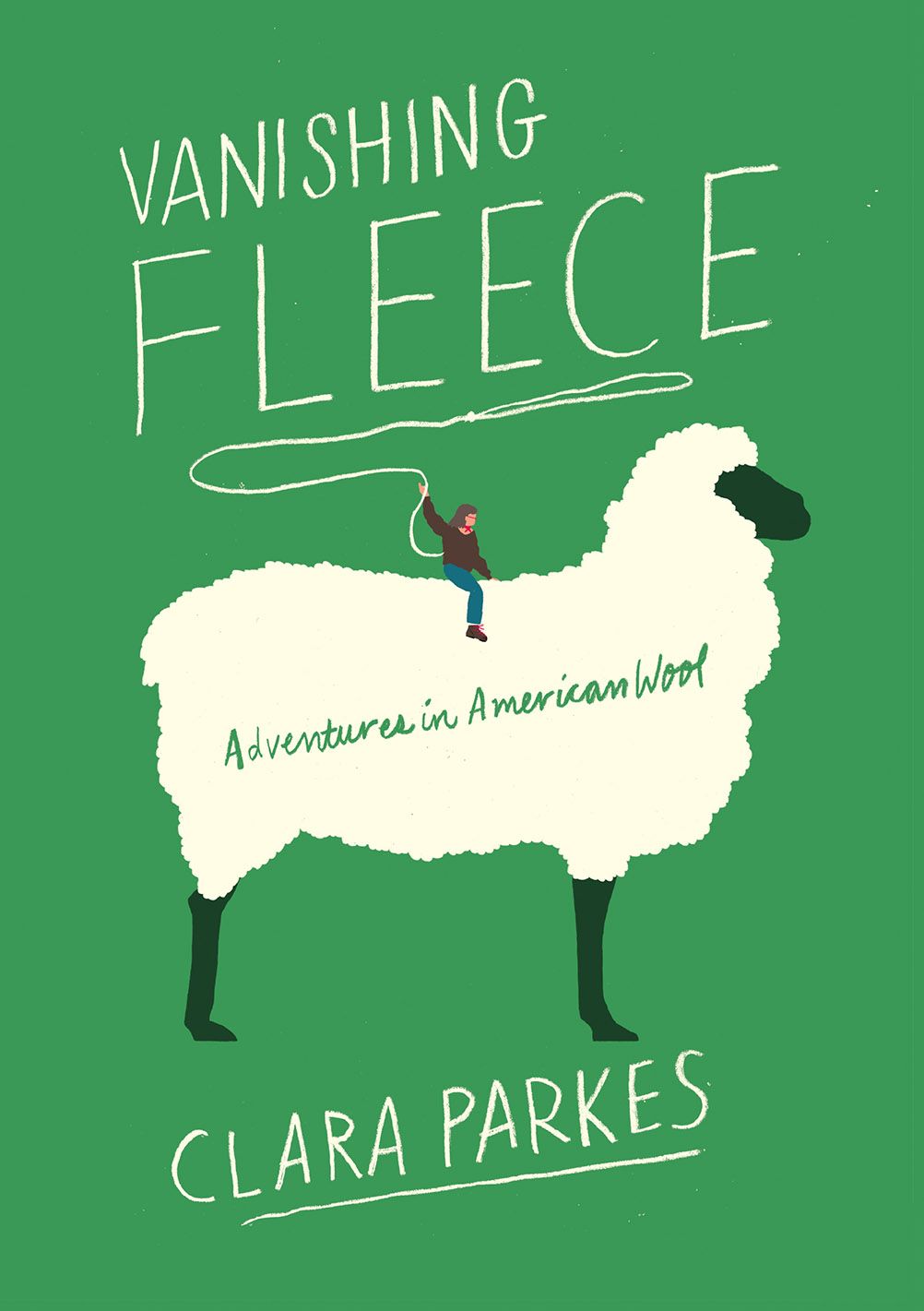
Vanishing Fleece by Clara Parkes
Clara Parkes is a yarn reviewer and fiber enthusiast who decides to find out just what goes into making yarn. So she procures a 675-pound bale of fleece from a farm in upstate New York, and documents every step in its transformation into usable yarn. She visits the sheep farms, a scouring plant, several different mills, and several dye-houses and hand-dyeing operations. She interviews farmers, ranchers, mill owners, fiber artists, dyers, and others. It’s an utterly fascinating look at the American textiles industry and a deep dive into what it takes to make something deceptively simple, like yarn.
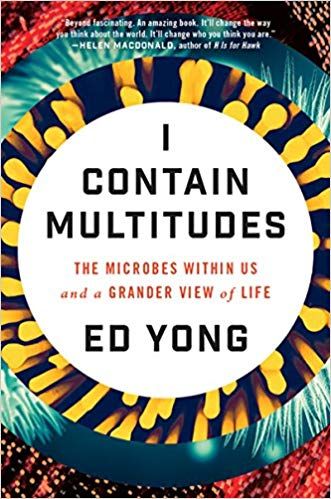
I Contain Multitudes by Ed Yong
All of us are full of bacteria and other microbes — millions and millions of them make themselves at home in our bodies. If you want to get to know your microbiome — and the microbiomes of the creatures we share the planet with — a little better, this is the book for you. Ed Yong offers an accessible overview to the vital roles these tiny organisms play in our lives.
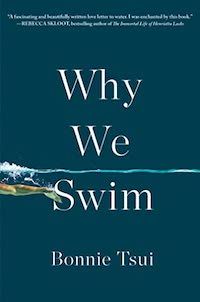
Why We Swim by Bonnie Tsui
Whether you’re a casual swimmer, an avid swimmer, someone who loves the ocean, or just a curious human, you’ll find something to love in this wide-ranging book. Tsui interviews Olympic athletes and amateur swimmers; shares stories of cold water swimming clubs and community pools; and dives into the history of swimming and some of the science and psychology behind why we do it.
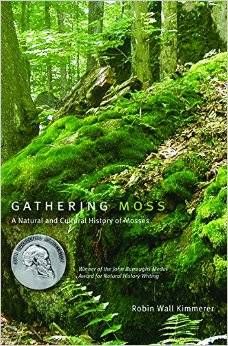
Gathering Moss by Robin Wall Kimmerer
If you’ve read any of Robin Wall Kimmerer’s work, you know she has a gift for making anything she cares to examine seem like the most important thing you’ve ever read about. In this book, that’s moss. It’s a blend of science and cultural history, Indigenous and ancestral knowledge, botany and poetry. I promise you’ll never look at mosses the same way again.
If you’re looking for more deep dives into the ordinary wonders (and terrors) of the world, check out these fantastic books about bees, and these books about the history of women’s writing. You might find something that peaks your interest on this list of the best science books of all time, or in this roundup of nonfiction books about weird jobs.










